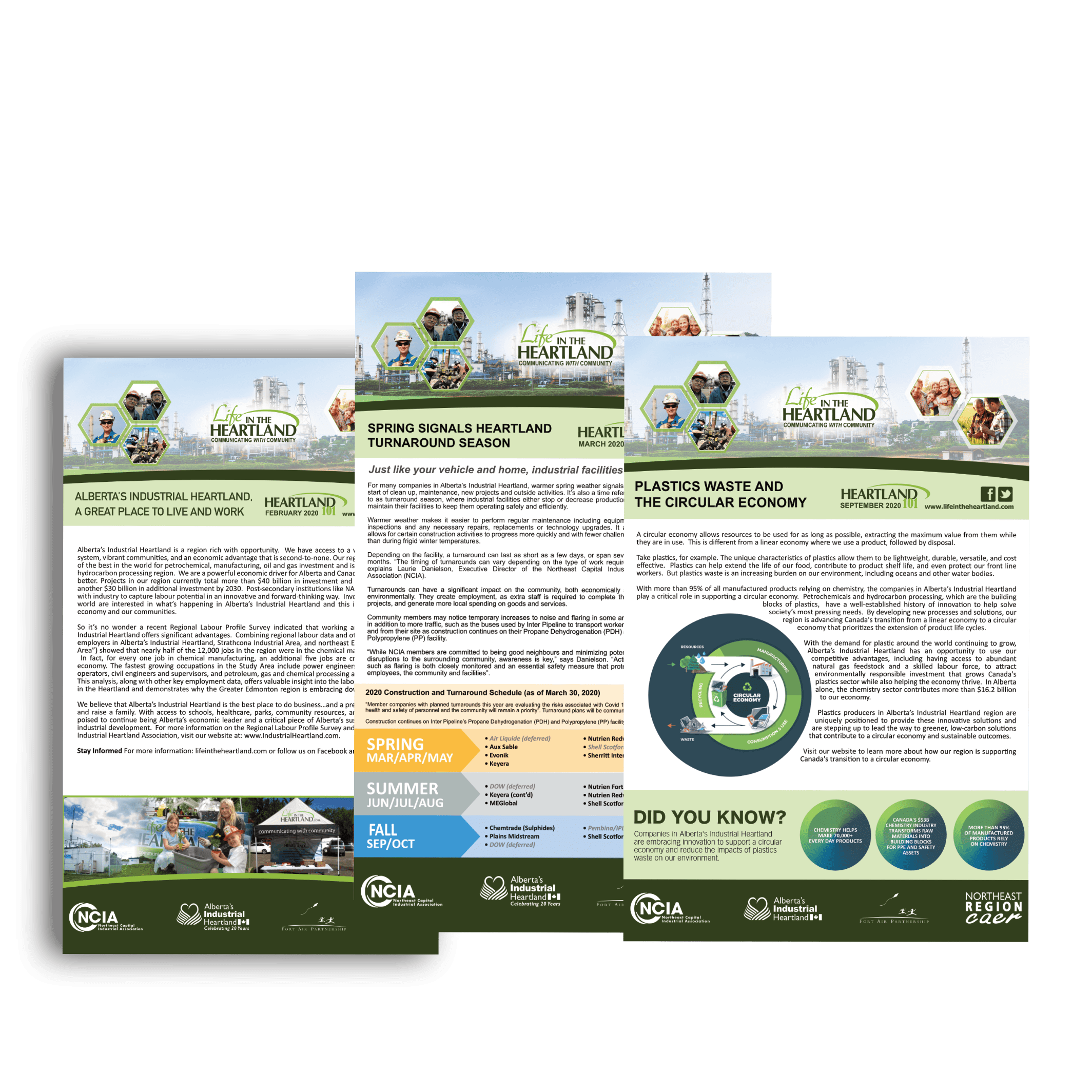DECEMBER 2025
2025: A YEAR OF GIVING BACK - COMMUNITY INVESTMENTS THAT MADE A DIFFERENCE

Heartland 101 Archives

Heartland 101 Archives
Input your information to subscribe to our newsletter
Input your information to subscribe to our newsletter

